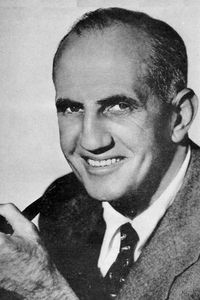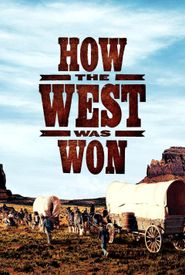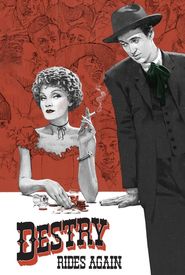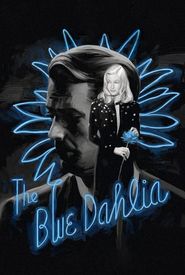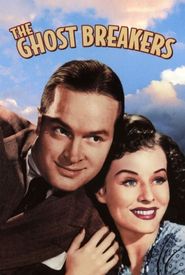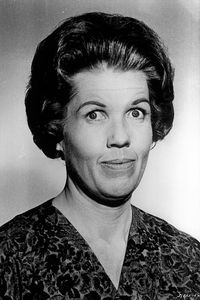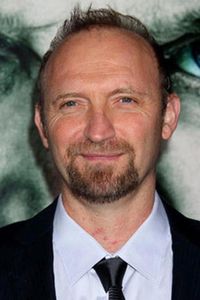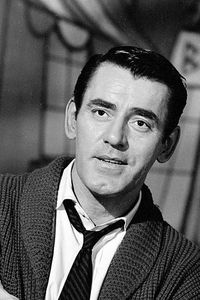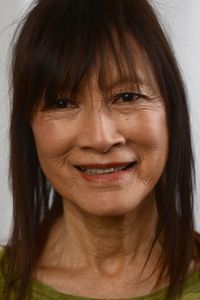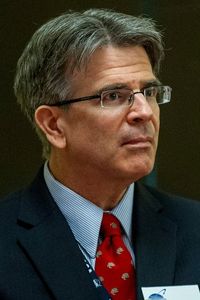George Marshall was a multifaceted American director who embarked on a Hollywood adventure to visit his mother and have a bit of fun. expelled from Chicago University in 1912, Marshall was an unsettled young man, drifting from job to job, taking on various roles such as a mechanic, newspaper reporter, and lumberjack with a logging outfit in Washington state.
Seeking his luck in the burgeoning film industry, Marshall started at Universal and was put to work as an extra. His powerful, six-foot frame served him well for doing stunt work in westerns, earning him a dollar every time he fell off a horse.
Marshall's first on-screen appearance was a bit part as a laundry delivery man in Roscoe 'Fatty' Arbuckle's The Waiters' Ball (1916). However, acting wasn't his passion, and within a year, he shifted his focus to writing and directing. The majority of his early assignments were two-reel westerns and adventure serials, starring the popular Ruth Roland.
A jack-of-all-trades, Marshall was prone to remark that in those days he often needed to double as cameraman and editor, too, often cutting his film with a pair of scissors and splicing it with cement. In the 1920s, Marshall worked with cowboy star Tom Mix and then became a comedy specialist for Mack Sennett, producing as many as 60 one- or two-reelers per year.
At Fox, he served as supervising director on all of the studio's comedic output between 1925 and 1930. At the beginning of the sound era, Marshall joined Hal Roach and directed comedies with Thelma Todd (Strictly Unreliable (1932)) and two of Stan Laurel and Oliver Hardy's best shorts: Their First Mistake (1932) and Towed in a Hole (1932)).
Marshall also directed (and appeared in a cameo as a hard-boiled army cop in) Pack Up Your Troubles (1932). Economic conditions forced a downsizing at Roach, and Marshall returned to Fox in 1934, staying there for four years, then worked at Universal (1939-40) and Paramount (1942-50, and 1952-54).
One of his biggest critical and financial successes was the classic western Destry Rides Again (1939),which re-invigorated the career of Marlene Dietrich and became Universal's top box-office hit for the year. He controlled the antics of W.C. Fields in You Can't Cheat an Honest Man (1939); helped Betty Hutton on her way to stardom with the biopics Incendiary Blonde (1945) and The Perils of Pauline (1947); and directed Alan Ladd in the film noir classic The Blue Dahlia (1946).
There was also a fruitful association with Bob Hope, beginning with The Ghost Breakers (1940). Freelancing over the next two decades, Marshall turned out three superior vehicles for Glenn Ford: a western (The Sheepman (1958)) and two comedies (The Gazebo (1959) and Advance to the Rear (1964)).
Marshall was one of three directors assigned individual segments of the blockbuster How the West Was Won (1962). Towards the end of his long career, he helmed several episodes of the Daniel Boone (1964) and Here's Lucy (1968) TV series.
With at least 185 directing credits to his name (there may have been as many as 400, given his prolific output of shorts during the 1910's),George Marshall retired from making films in 1972 and died three years later at the age of 83. He has a star on the Walk of Fame on Hollywood Boulevard.
